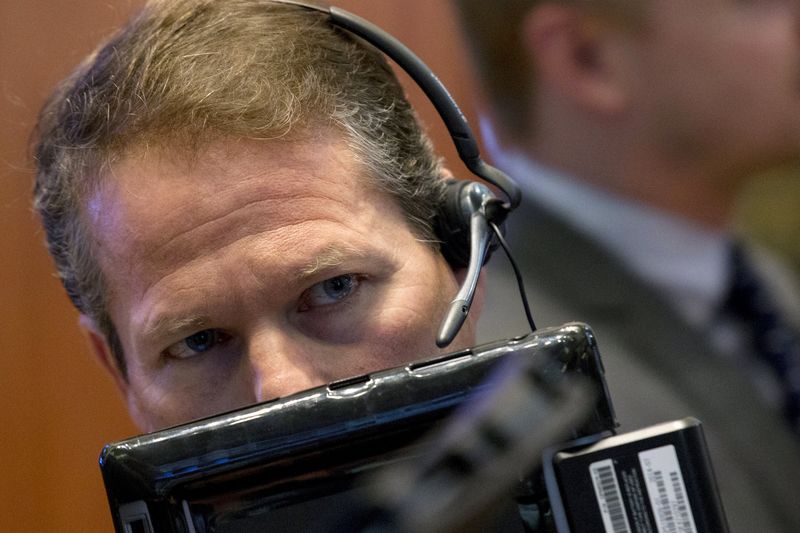Novo Nordisk, Eli Lilly fall after Trump comments on weight loss drug pricing
Investing.com -- The rotation of global flows into emerging markets (EM) is gaining traction, but the picture is uneven across regions and asset classes. In a Monday note, UBS strategists highlighted five indicators that show where momentum is building and where it remains absent.
1) U.S. flows into EM equities are gathering pace: Treasury International Capital (TIC) data showed U.S. flows into EM equities reached $38 billion in the three months to July, their strongest spell on record.
Brazil, Hong Kong and Taiwan stood out, while India, ASEAN and Mexico continued to see net outflows.
"In a potential global equity bubble, positions in these markets have scope to pick up," analysts said.
The bank is overweight China, Brazil and selected ASEAN equities (Malaysia, Philippines, Indonesia).
2) Record China northbound turnover: Daily turnover via Stock Connect has hit record levels, with northbound trading running at 1.6 times October 2024 levels. Analysts say retail flows remain far from overheated, with margin financing still half its 2015 peak and household deposits about 59 trillion RMB above A-share market capitalization.
With valuations still undemanding, the bank remains overweight MSCI China.
3) Local investor outflows remain persistent: Over the past decade, EM net portfolio flows have been dominated by locals, not foreigners. Recent data from Korea, Brazil, Chile and Poland show “no evidence at all of local repatriation thus far, even as the dollar has weakened," the analysts wrote.
Korean retail FX outflows have surged, while clearer signs of repatriation are visible in Taiwan and Israel. FX deposits have also remained sticky, with China’s rising by $60 billion between May and August.
4) This persistence may hold EM FX back: UBS says the lack of portfolio flow repatriation, combined with weaker trade growth and lower Fed rate cut expectations than the bank projects, suggests the $/EM downturn may be in its latter stages. “
We would not be buyers of $/EM today – but we think more evidence of EM growth recovery will be needed for FX strength to sustain into 2026.”
5) Local debt flows are dominated by high-yielders. Foreigners remain focused on Brazil, Mexico, South Africa and Hungary, where easing cycles and higher yields (HY) are most attractive.
UBS says it remains constructive on EM local debt, recommending long positions in the front end of Brazil, Mexico and South Africa, and long HUF via options.
"We see scope for stronger foreign inflows into this asset class ahead, even if the dollar selloff moderates, as the EM-US inflation cycles will likely remain more descynchronised than in prior cycles," analysts said.
